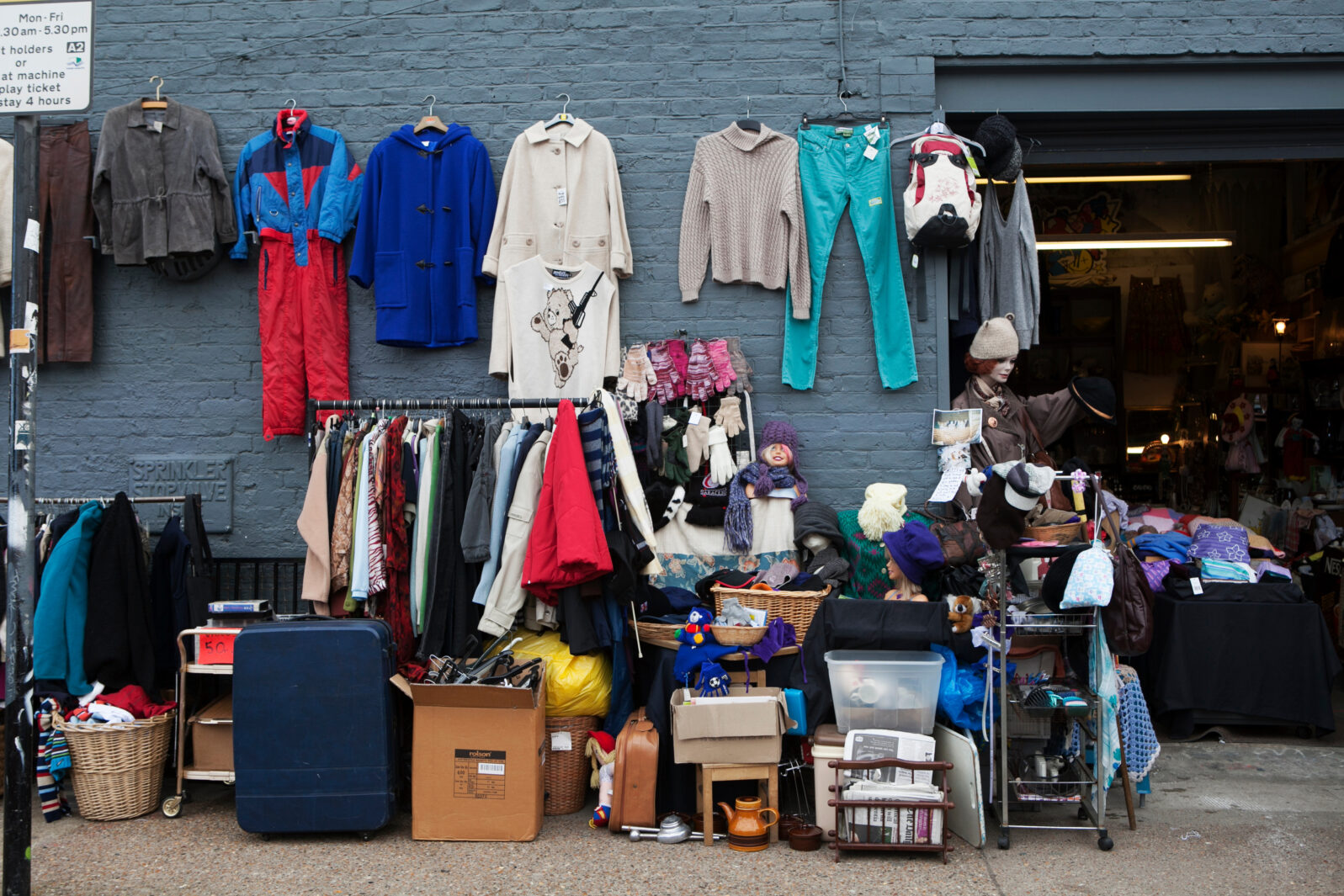The Flea Market of the Internet: Breaking the Addiction
When, after a bad experience, I called Amazon the “Walmart of the Internet,” a friend pointed out that Amazon is, in fact, much worse than WalmartI recently went online to order several cans of King Oscar sardines. I prefer the cans with two layers of small fish, although they cost a bit more than cans with a single layer of somewhat larger fish. I googled “King Oscar two-layer sardines” and was not surprised when the result was a large number of clickable advertisements. One ad caught my eye: Amazon offered two-layer sardines at the unusually low price of $3.00 a can. I clicked on the ad and was taken to an Amazon page that recognized me with a “Hi Gary” salutation and displayed the King Oscar two-layer sardines — at $3.99 a can!

I went back to the search results page and tried again. Same result. I then went to a different computer on a different network and googled “Amazon King Oscar two-layer sardines.” This time, Amazon did not recognize me and the price was $3.19 a can. Welcome to the world of “dynamic pricing.”
The pros and cons of dynamic pricing
A few days earlier, I had listened to an NPR Planet Money podcast, “Is dynamic pricing coming to a supermarket near you?” On the program, two economists gushed about the benefits of brick-and-mortar supermarkets replacing fixed price tags with electronic shelf labels that can change prices in response to wiggles and jiggles in demand and supply. One benefit is that stores can easily drop the price of blueberries and other perishable products that are nearing their sell-by dates instead of throwing the blueberries away after the sell-by dates. That made sense to me.
Another alleged benefit is that a store can send “price hunters” into competing stores and reduce any of its prices that are found to be higher than competitors’ prices. This price hunting would allegedly result in price wars that benefit shoppers. But the idea that brick-and-mortar stores would engage in short-term sardine price wars seemed farfetched to me. I am certainly not going to drive from store to store, trying to keep tabs on fluctuating sardine prices so that I can grab the cheapest cans.
An alternative outcome is that stores raise prices when their price hunters find that competitors have higher prices. Dynamic pricing via price hunters might also lead to stores effectively colluding by all charging the same price.
How online shopping is different
When I move to a new city, I try many stores in the area and identify one or two that offer appealing combinations of price and quality. These are the stores I go to regularly and will continue going to until I notice a general deterioration of the price/quality combination.
Internet shopping is different because it is easier to compare prices and to buy things from several different stores. It is also easier for online retailers to use dynamic pricing to take advantage of unwary consumers. I probably paid too much for some Amazon products in the past and was consequently identified by its algorithm as a careless shopper—or at least someone who didn’t care much about price. So, the algorithm naturally concluded that I was likely to pay $3.99 for a can of sardines while other customers paid $3.19 or even less.
Not only was that assumption wrong, it neglected the fact that such exploitation has a cost.
In game theory, there is an important difference between a single-shot game and a repeated game. In a single-shot game that is just played once, players can cheat, lie, and rip each other off without worrying about the consequences. In repeated games, players should take into account how their reputation will be affected by their actions. Behavior that is profitable in the short-run may be disastrous in the long run. I’m just one person but I’m done with Amazon.
The life cycle of internet service quality
Cory Doctorow coined the term enshittification to describe the life cycle deterioration of the quality of an internet platform’s products and services:
Here is how platforms die: first, they are good to their users; then they abuse their users to make things better for their business customers; finally, they abuse those business customers to claw back all the value for themselves. Then, they die.
Wired
Amazon originally sold quality products inexpensively and its search algorithm was designed to help customers find the products they were looking for. It lost billions of dollars initially but built a huge customer base. After millions of shoppers had become addicted to it, the company started raising fees, selling low-quality products, and generating search results dictated by the fees paid by businesses. The only way for unknown companies making low-quality products to get visibility on Amazon is to pay these search fees—with the predictable result that most of the top Amazon search results that customers see today are junk.
Enshittification is not just Amazon. Think Facebook, Google Search, Uber, and lots of other companies. The enshittification thesis resonated with many and the American Dialect Society chose it as the 2023 Word of the Year.
Amazon vs. Walmart
When I told a friend in the industry that I had sworn off Amazon, I referred it as the “Walmart of the Internet.” He said that Amazon was, in fact, much worse than Walmart. Some products sold on Amazon are genuine, like Nike shoes made by and sold by Nike. But, he went on to say, other products are genuine but stolen, like the booty provided by a flash mob ransacking a Nike shoe store. Other products are knockoffs. When you buy something on Amazon, you never know whether it legitimate, stolen merchandise, or a knockoff.
And then there is all the cheap junk that doesn’t do what it is supposed to do or falls apart soon after purchase. If Amazon sells a pair of pruning shears for a third the cost of high-quality shears and keeps half the sale price for itself, you can imagine the quality. We can also understand why Amazon alternatives, like Shein and Temu, are likely to chip away at its profits. If Amazon keeps half the sale price, a competing website could sell the product for nearly 50% less and still make a profit.
In 2023, third-party sellers paid nearly $200 billion in fees to Amazon and accounted for more than 60% of all Amazon sales. A better analogy than the “Walmart of the Internet” is the “Flea market of the Internet.” Sellers pay to set up tables and booths at flea markets. Some of the items for sale are real; many are knockoffs, “boxes that fell off trucks,” or flimsy junk.
I remember the last flea market I went to. One of my sons bought an orange Adidas T-shirt for a few bucks. The first time it was washed, the orange color bled onto all the clothes in the washing machine. As I said, that was my last flea market. And my search for sardines from Amazon was my last Amazon search.
